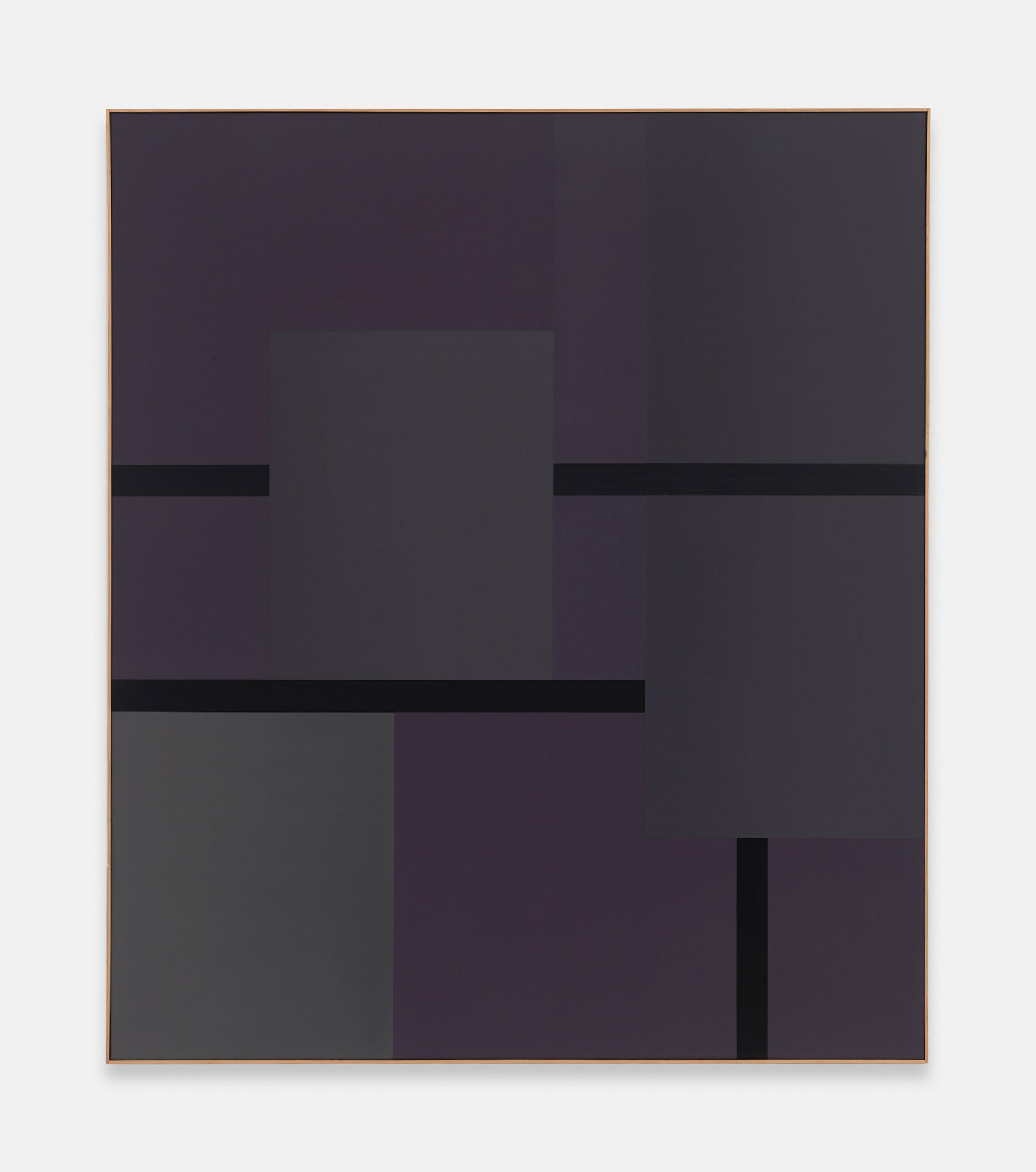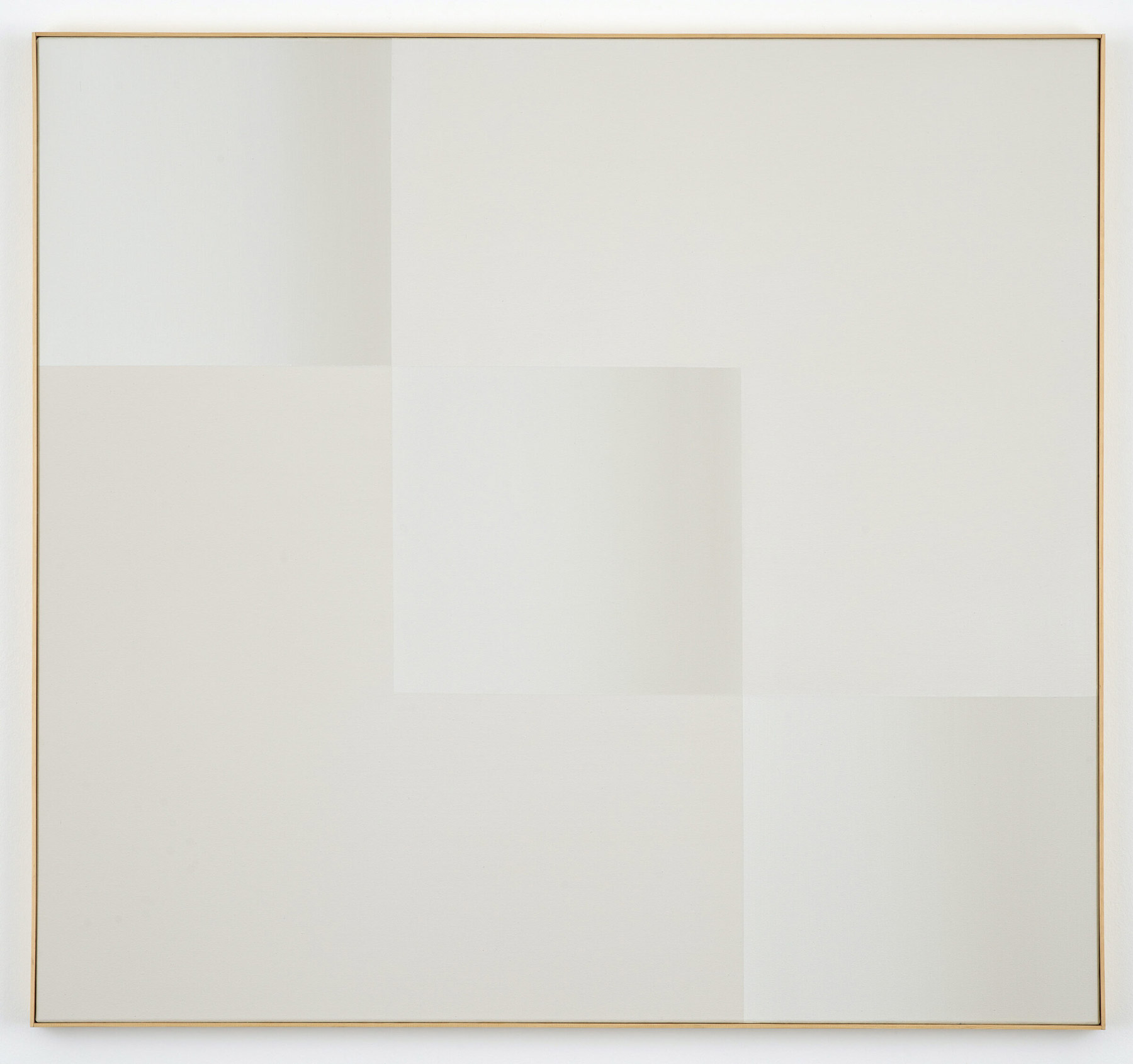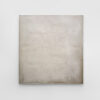Ulrich Erben, born March 26, 1940, in Düsseldorf, is a renowned German painter. He became known as a representative of the New Concrete Art and was one of the pioneers of color field painting. Today he lives and works in Düsseldorf, Goch, and Bagnoregio, Italy.
Erben spent his youth in the Lower Rhine region and in Rome. He completed his artistic training at the art academies in Hamburg, Urbino, Venice, Munich, and Berlin. The fascination with landscape and still life that characterized his early works developed over time into an interest in geometric forms.
In the late 1960s, he traveled to the United States for the first time. The landscape and architecture there inspired him greatly. His works then became more and more reduced. In 1968 he created his first “white paintings”. They are characterized by a white zone directly in the middle of the picture. He was mainly concerned with demarcations, which at the same time are understood as connections, with the formation of space without perspective, which in their different tonalities are sometimes barely perceptible.1


After his “white paintings” Erben went new ways: He created his first colored, almost monochrome works, which were a further development of his “white paintings”. He developed a geometric abstraction that parallels the work of artists such as Mark Rothko and Josef Albers.2
Since then, Erben’s method has steadily evolved, with a consistent focus on the subtle manipulation of color and light. Erben himself likes to refer to his works as “colors of memory,” a metaphor for his personal artistic journey and the cultural encounters that have shaped his style.1
Today, Ulrich Erben is known as one of the most influential German exponents of New Concrete Art. His remarkable talent for color composition and minimalist aesthetics helped to gain worldwide recognition.


